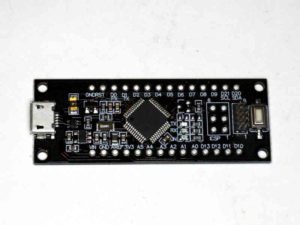It has become clear that ACMA intends to progress the WIA’s initial actions to partially integrate the qualifications requirement for issue of an amateur radio licence into the Australian Qualifications Framework (AQF).
The AQF is the national policy for regulated qualifications in Australian education and training. It incorporates the qualifications from each education and training sector into a single comprehensive national qualifications framework. The AQF was introduced in 1995 to underpin the national system of qualifications in Australia encompassing higher education, vocational education and training and schools.
That push on integration includes the use of Registered Training Organisations (RTO) for assessments, RTOs are an element of the Vocational Education and Training Sector (VETS).
The definition of Vocational Education and Training can be taken from australia.gov.au:
Vocational education and training
Designed to deliver workplace-specific skills and knowledge, vocational education and training (VET) covers a wide range of careers and industries, including trade and office work, retail, hospitality and technology.
So, the WIA and ACMA have over a couple of decades acted to integrate amateur radio qualifications in the AQF to some extent, and current actions are intended to perform assessments within the VETS (ie by VETS qualified assessors under an RTO). Continue reading Australian amateur radio licensing reform (2018)
Last update: 18th October, 2018, 8:07 AM
 The block diagram above shows the information flow between the main elements. Continue reading IoT – exploration of LoRa – part 1
The block diagram above shows the information flow between the main elements. Continue reading IoT – exploration of LoRa – part 1





